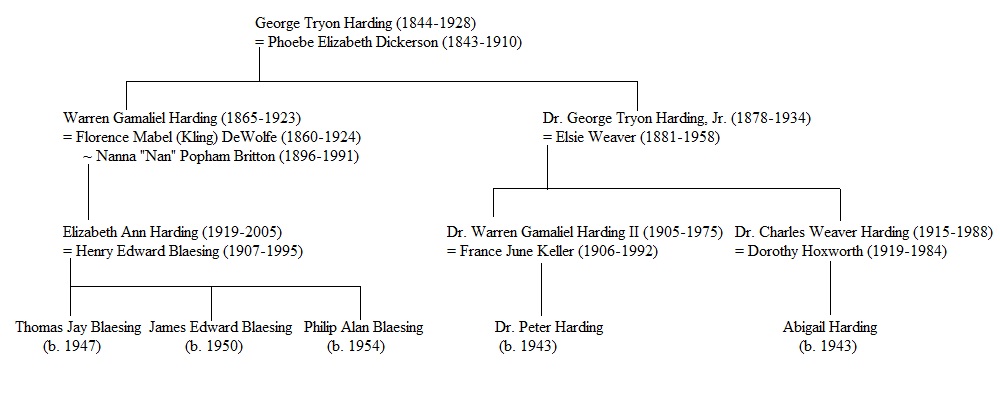
I was fascinated by the story released in The New York Times last Wednesday regarding the DNA research to help establish that Warren G. Harding had had a child with his mistress Nan Britton. Continue reading The Harding DNA Study

I was fascinated by the story released in The New York Times last Wednesday regarding the DNA research to help establish that Warren G. Harding had had a child with his mistress Nan Britton. Continue reading The Harding DNA Study
 Each Early New England Families Study Project sketch is an article by itself, so full bibliographic citations are given the first time a source is used, with short form citations thereafter. I have a Word file with the full citation for every source I have used (which grows with each new sketch), and I can “cut and paste” these into footnotes without having to retype. This is my manual version of the bibliographic and footnote options that come with most genealogical database programs these days. Continue reading Composition: Part Three
Each Early New England Families Study Project sketch is an article by itself, so full bibliographic citations are given the first time a source is used, with short form citations thereafter. I have a Word file with the full citation for every source I have used (which grows with each new sketch), and I can “cut and paste” these into footnotes without having to retype. This is my manual version of the bibliographic and footnote options that come with most genealogical database programs these days. Continue reading Composition: Part Three
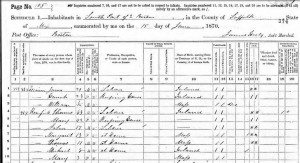
My great-great-grandmother, Margaret Kenefick, was born in Boston on 11 February 1857, the daughter of Irish immigrants Thomas and Mary Kenefick. When I began searching for the family in Boston, I turned to the 1860 Census, but was surprised when I could not locate the Keneficks in Massachusetts. Continue reading Why did they go back?
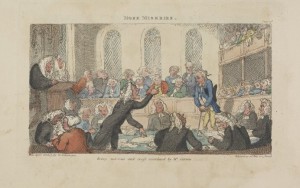
“If any persons or persons within his Majesties Dominions of England and Wales, being married, or which hereafter shall marry, do at any time after the end of the session of this present Parliament, marry any person or persons, the former husband or wife being alive … then every such offence shall be felony. Provided always, that neither this Act, nor anything therein contained, shall extend to any person or persons whose husband or wife shall be continually remaining beyond the seas by the space of seven years together, or whose husband or wife shall absent him or herself the one from the other by the space of seven years together, in any parts within his Majesties Dominions, the one of them not knowing the other to be living within that time.”1 Continue reading Bigamous marriages
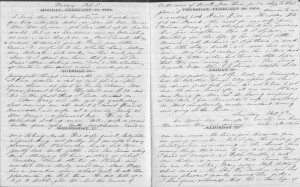
A frequent refrain here at Vita Brevis is that genealogists should consider not just their direct ancestral lines, with a glance at collaterals like siblings or close cousins, but the larger community in which a forebear or collateral relative lived. I was struck by this dictum as I reviewed the Regina Shober Gray diary this winter, as Mrs. Gray lived in a time and place which Jane Austen would have recognized: even the diarist’s closest friends were generally referred to by their married names. Continue reading The wider circle
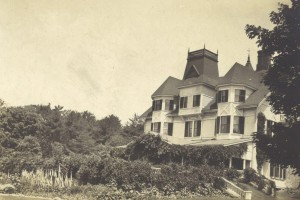
My cousin Neil recently shared some family albums with me: the oldest one belonged to his grandfather, Frederick Ayer (Jr.) (1888–1969), who kept it in 1905 and 1906. Over time, the images and the captions have faded, and the book’s middle section is held together with ancient cellophane tape, but Uncle Fred obviously cared about the record he was keeping. One of the most puzzling, and therefore interesting, images fills almost an entire leaf of the album; the identifying captions are squeezed out to the page edge: D. Sohier, D. Beal, F. Ayer Jr., etc. Continue reading “Mr. Loring’s play”

The announcement Tuesday of the (probable) identification of the remains of four men buried under the chancel of the first parish church at Jamestowne, Virginia – first discovered in 2010 and unearthed in 2013 – has now made the front page of The Wall Street Journal and appeared in other leading news outlets. While not the first Englishmen to die in the nascent American colony, they were nearly so, probably interred in Virginia soil in 1608 and 1610, more than a decade before the Mayflower arrived on American shores; these men were certainly among the colony’s founders. Continue reading The Jamestowne Chancel Burials
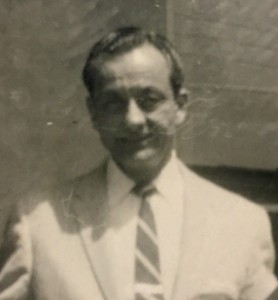
When I contemplated the subject of my first post, I decided that I should write about the person who sparked my genealogical interest in the first place: my paternal grandfather, Adrian Sidney Todd. Adrian died young, and I never had the chance to meet him, so I thought I would use genealogy to see what I could find out for myself. He was born 6 February 1918 in Georgia to Adrian Sidney and Susie (Stanley) Todd, and served in the U.S. Marine Corps in both World War II and Korea. Continue reading A sojourn in California
 Many people enjoy fishing, but not as many enjoy cleaning the catch. That is why we all have piles of research sitting waiting to be compiled into finished accounts. In some cases we may have entered our data into a genealogical database, but as nice as they are for sorting a multitude of facts, there is still no replacement for a well-written genealogical story.
Many people enjoy fishing, but not as many enjoy cleaning the catch. That is why we all have piles of research sitting waiting to be compiled into finished accounts. In some cases we may have entered our data into a genealogical database, but as nice as they are for sorting a multitude of facts, there is still no replacement for a well-written genealogical story.
Few of us enjoyed English composition in school (do they still teach it?), and with texting and tweeting the art of complete sentences is dying. I happen to like writing, have a little training, and through years of experience am getting better at it, but I can see the “deer in the headlights” look in the eyes of many researchers when they are faced with the idea of “writing” their genealogy. Continue reading Composition: Part One
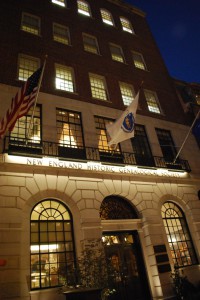
Friday’s post, by Steven Solomon of the Society’s Development team, marked the four hundredth blog post at Vita Brevis. Since its launch in January 2014, the blog has featured posts by 64 bloggers, almost all of them NEHGS staff members, with a few outside contributors or transcribed interviews making up the remainder. What does the genealogical mosaic about which I wrote in the first post at Vita Brevis look like after eighteen months in the blog’s life? Continue reading 400 posts at Vita Brevis